Rootkits allow attackers to gain privileged control over computers while masking their presence, making them exceptionally dangerous for businesses. Understanding what rootkits are, how they operate, and ways to detect and defend against them is critical for IT managers and cybersecurity leaders in 2025.
What Is Rootkit Malware?
A rootkit is a type of malware designed to gain unauthorized root or administrative access to a computer or device while actively hiding its presence from detection tools and users. The term “rootkit” combines “root” (the highest privilege level on Unix-like systems) and “kit” (a set of software tools). Once installed, rootkits enable attackers to control the infected system remotely, manipulate files, steal data, and disable security measures.
Rootkits often carry multiple malicious components such as bots for DDoS attacks, keyloggers, and password stealers, enabling advanced persistent threats without being noticed for extended periods. They frequently target vulnerabilities in operating systems or applications to gain entry.
Types of Rootkits
Rootkits come in several forms depending on their depth of system integration and attack method:
- Kernel-Level Rootkits: Operate at the core of the operating system (kernel), manipulating system functions to hide themselves and other malicious activities. These are among the hardest to detect and remove due to their deep integration.
- User-Mode Rootkits: Run in less-privileged user space, intercepting system API calls to conceal malicious files or processes. Although simpler than kernel rootkits, they still cause significant harm and stealth.
- Firmware Rootkits: Infect firmware components like BIOS or UEFI, persisting beyond OS reinstallation and very difficult to detect or remove.
- Bootloader Rootkits (Bootkits): Embed themselves in the boot sector or bootloader, executing even before the operating system loads, bypassing many traditional defenses.
- Memory Rootkits: Reside in RAM, running malicious processes that disappear on reboot but may slow system performance.
- Application Rootkits: Modify regular application files, enabling malicious payloads to run whenever those applications are used. Easier to detect compared to kernel rootkits.
- Virtual Rootkits: Operate beneath the OS in virtualization layers, making detection extremely challenging.
How Rootkit Malware Attacks Work?
Rootkits typically enter systems through vulnerabilities, social engineering, or malicious downloads. Once inside, they establish persistence by hooking into system calls, files, processes, and drivers, effectively hiding evidence of their activities. They disable or evade security software while opening backdoors for attackers to execute further malware like ransomware or data stealers.
Real-World Examples & Impact
Rootkits have been used in many major breaches and cyber-espionage campaigns:
| Rootkit Type | Notable Example | Industry | Outcome/Impact |
| Kernel rootkit | Spicy Hot Pot | Various | Persistent control, stealing information |
| Firmware rootkit | UEFI rootkits | Government | Survives OS reinstall, espionage capabilities |
| Bootkit | Stoned Bootkit | Financial | Early boot infection, data theft |
The consequences of rootkit infections include loss of sensitive data, prolonged system compromise, financial damage, and reputational harm.
Signs You May Have a Rootkit Infection
- Unexpected system slowdowns or crashes
- Security software disabled or malfunctioning
- Hidden files and processes not visible to standard tools
- Suspicious network activity or unauthorized remote connections
How to Detect Rootkit Malware?
Detecting rootkits is challenging due to their stealth nature. However, some effective strategies include:
- Using specialized rootkit detection tools like RKHunter and Chkrootkit for kernel-level rootkits
- Monitoring kernel and system file integrity
- Performing system scans during boot time or in safe mode
- Continuous security auditing and anomaly detection
Preventing Rootkit Infections
Preventive measures to reduce risk include:
- Regularly update operating systems, firmware, and software to patch vulnerabilities
- Enforce the principle of least privilege to limit admin access
- Use only digitally signed and trusted software sources
- Educate employees on social engineering and phishing attacks
- Maintain robust endpoint security with rootkit detection capabilities
- Perform routine backups and have disaster recovery plans in place
- Monitor network traffic for unusual patterns
Incident Response: What If You’re Infected?
- Immediately isolate affected systems to prevent spread
- Boot into rescue mode or use trusted external media for investigation
- Restore systems from verified clean backups
- Engage cybersecurity professionals for rootkit removal and forensic analysis
- Review and update security policies to prevent recurrence
Industry-Specific Insights
- Healthcare: Protect patient data from firmware and kernel rootkits targeting hospital systems
- Finance: Guard against bootkits that can intercept transactions or enable fraud
- SaaS Providers: Monitor for kernel and virtual rootkits compromising virtual machines
Actionable Checklist for IT Managers and CEOs
- Conduct regular security audits focusing on rootkit detection
- Implement layered security defenses including endpoint detection and response (EDR)
- Train staff regularly on cybersecurity best practices
- Develop an incident response plan specifically addressing stealth malware
- Invest in advanced threat intelligence and monitoring tools
FAQ: Rootkit Malware
Q1: What makes rootkit malware so hard to detect?
Rootkits operate at deep system levels, modifying core OS components and hiding their files/processes, making conventional antivirus tools ineffective.
Q2: Are rootkits only found on Windows computers?
No, rootkits can target various OS platforms, including Linux, macOS, and even firmware in hardware devices.
Q3: How often should rootkit scans be performed?
Regular scans monthly or as part of routine security audits, combined with continuous monitoring, provide better defense against stealth threats.
Q4: Can antivirus software remove rootkits?
While some AV can detect and remove user-mode rootkits, kernel-level and firmware rootkits often require specialized tools or full OS reinstallations.
Q5: What’s the difference between a rootkit and other malware?
Rootkits focus on stealth and persistent access by hiding their presence, enabling other malicious activities; other malware may be more overt but less persistent.
Conclusion
Rootkit malware remains one of the most insidious and dangerous cyber threats in 2025 due to its stealth, persistence, and depth of system control. Vigilant detection, layered defenses, and prompt incident response are vital to protecting your organization. Stay ahead by educating your team, maintaining updated systems, and leveraging advanced security tools.
If needed, an accompanying copyright-free image symbolizing digital stealth or security with a shield or lock on a circuit board can enhance engagement.




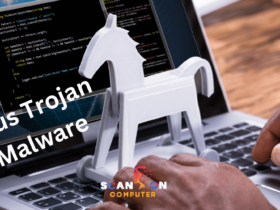



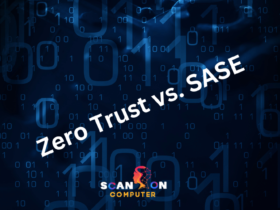
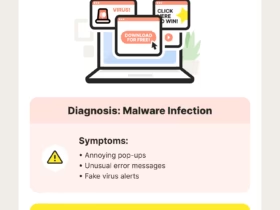

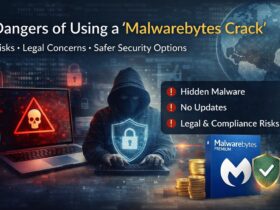
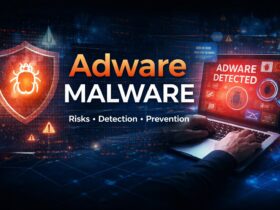
Leave a Reply
View Comments